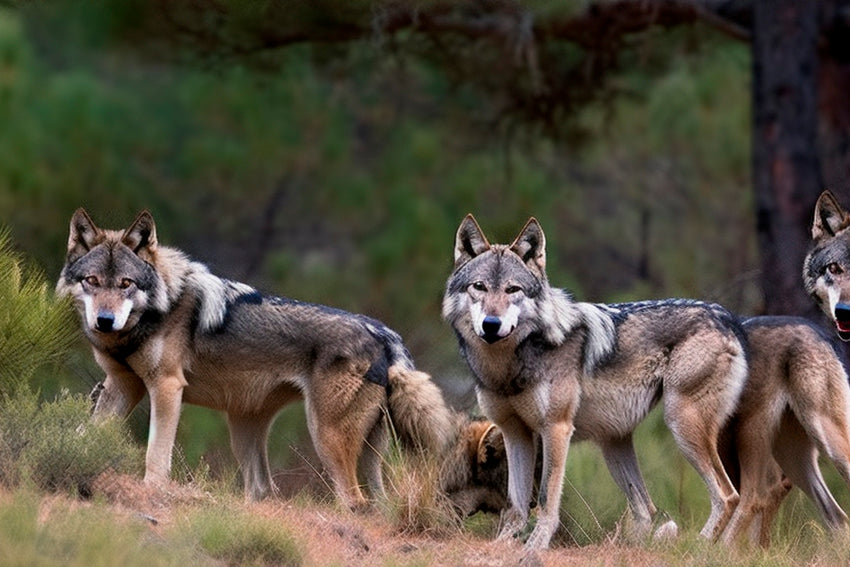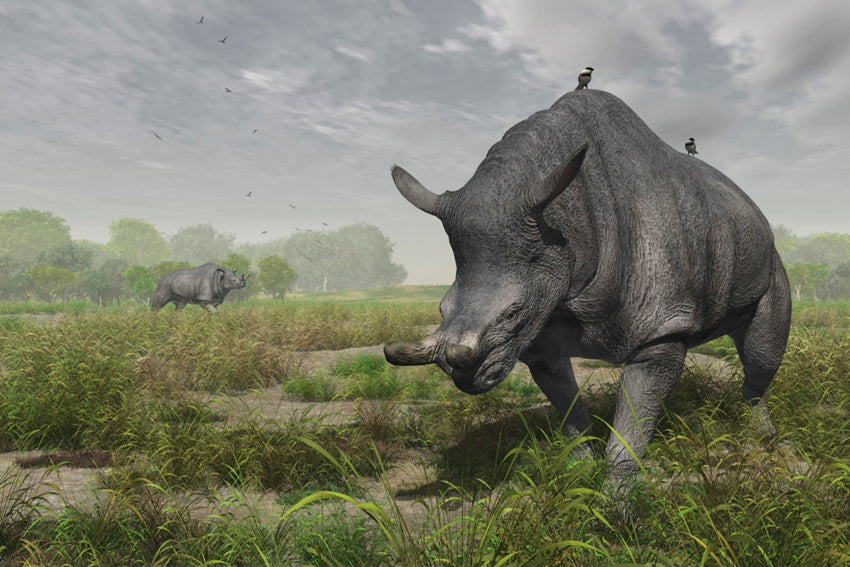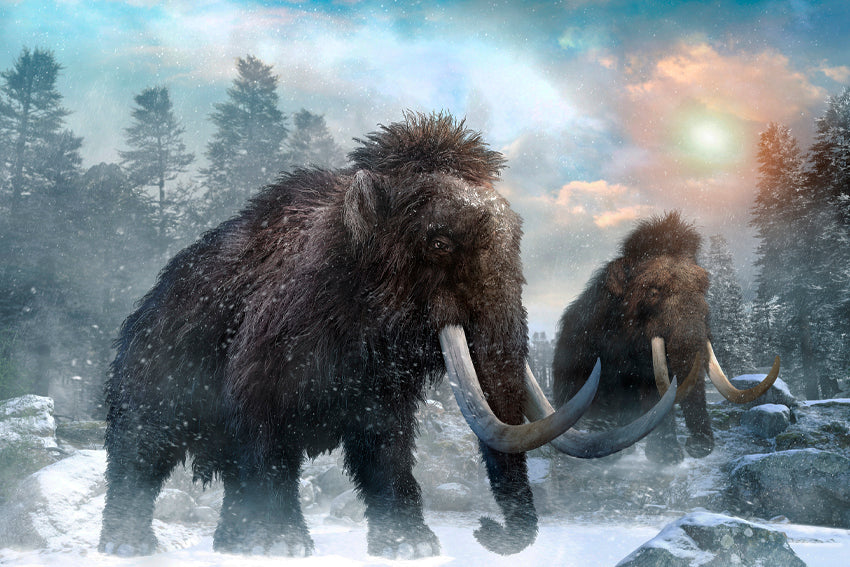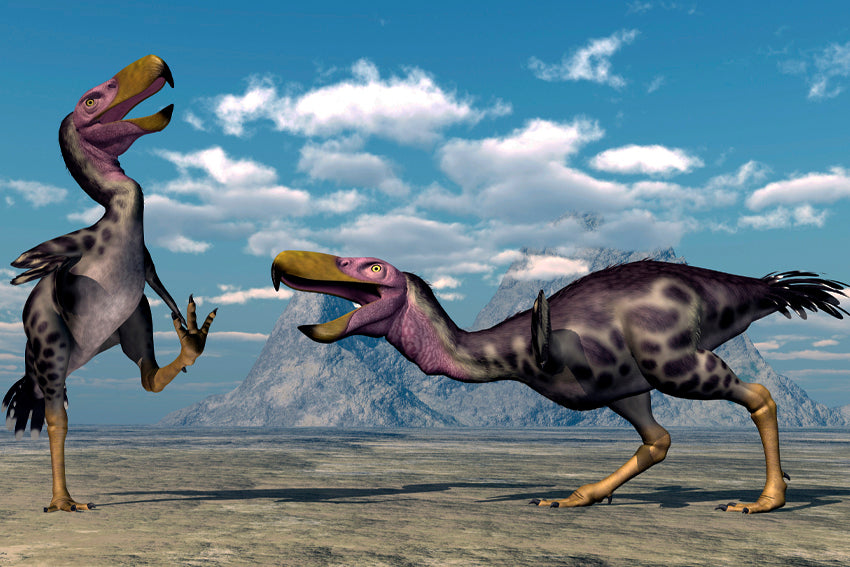Existing mammals in the Anthropocene are those that have survived and evolved during the current geological era, which began approximately 12,000 years ago and is characterized by the dominant human activity on the planet.
Mammals are a group of vertebrate animals that are characterized by having mammary glands that allow them to produce milk to feed their young, hair or skin that covers them and keeps them warm, and specialized teeth for chewing and processing food.
Today, mammals are found on every continent in the world, from the polar regions to the tropics, and have evolved to occupy a wide variety of ecological niches. In the Anthropocene, the current geological era characterized by dominant human influence on Earth, mammals have been subject to various negative impacts, including habitat loss, poaching, and climate change.
Currently, there are more than 6,495 species of mammals worldwide, which can be divided into several groups, including the following:
Humans: The human species (Homo sapiens) is the only member of the Hominidae family that still exists. It is characterized by its intelligence, social and cultural skills, and its ability to modify the environment at its convenience.
Primates: Primates are a group of mammals that includes monkeys, apes, lemurs, and tarsiers. They are characterized by having a relatively large brain, an opposable finger, and binocular vision. Primates are found mainly in the tropics and are considered to be the closest animals evolutionarily to humans.
Carnivores: Carnivores are a group of mammals that includes cats, dogs, bears, and wolves. They are characterized by having sharp teeth and claws, and are primarily meat-eating predators.
Herbivores: Herbivores are a group of mammals that feed primarily on plants. They include animals such as elephants, giraffes, hippos, and deer.
Rodents: Rodents are a group of mammals that includes rats, mice, and squirrels. They are characterized by continually growing front teeth that they use for gnawing and chewing.
Bats: Bats are a group of mammals that are characterized by having membranous wings and being able to fly. They are important pollinators and pest controllers, and some are known for their ability to echolocate.
Cetaceans: Cetaceans are a group of marine mammals that includes whales, dolphins, and porpoises. They are characterized by having a streamlined body, a thick layer of fat to keep them warm, and advanced communication skills.
In general, current mammals in the Anthropocene face multiple threats such as habitat loss, poaching, and climate change. It is important to take steps to protect these species and ensure their long-term survival.






Share:
Birds
Fish